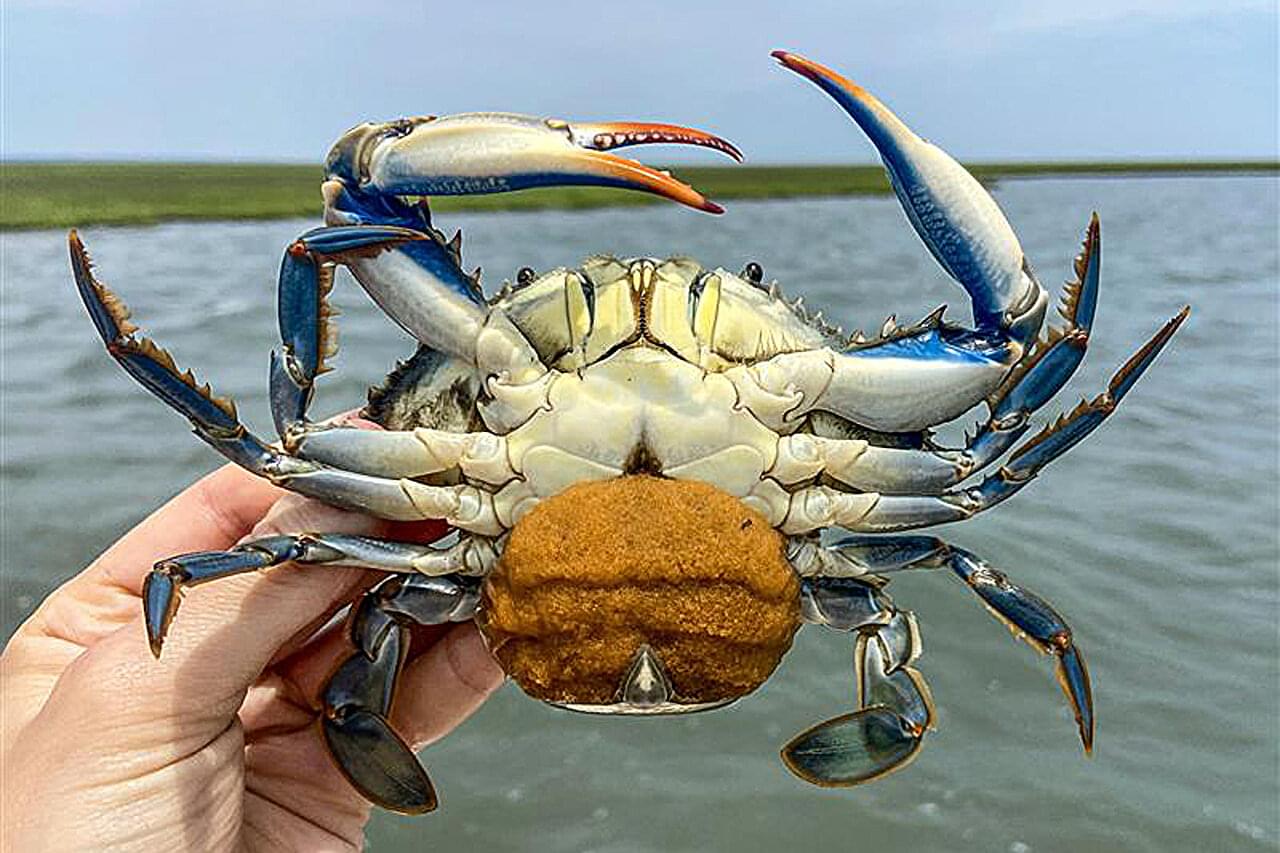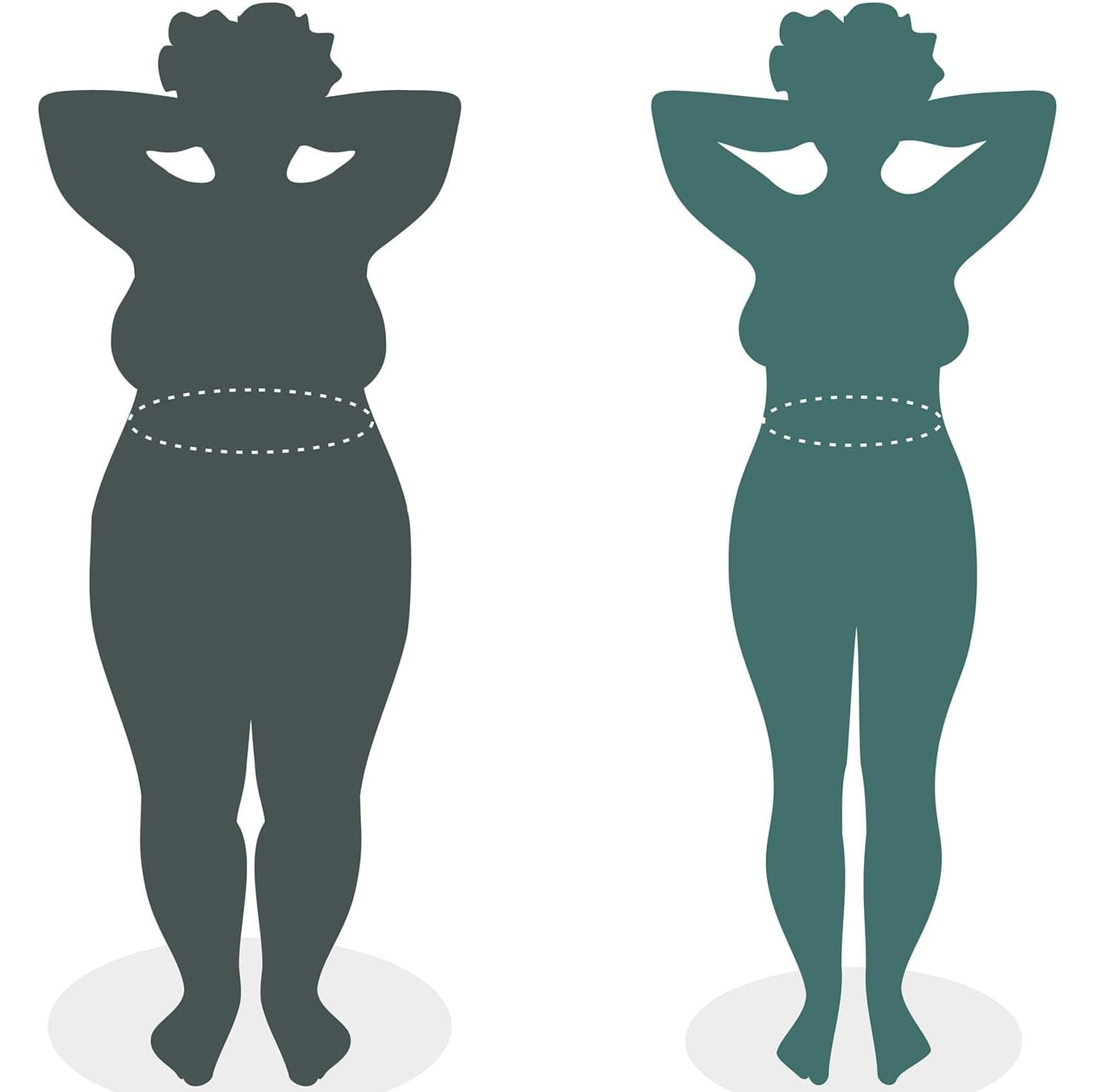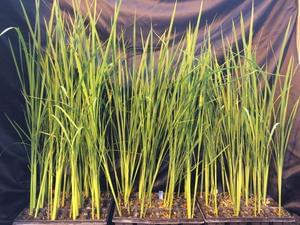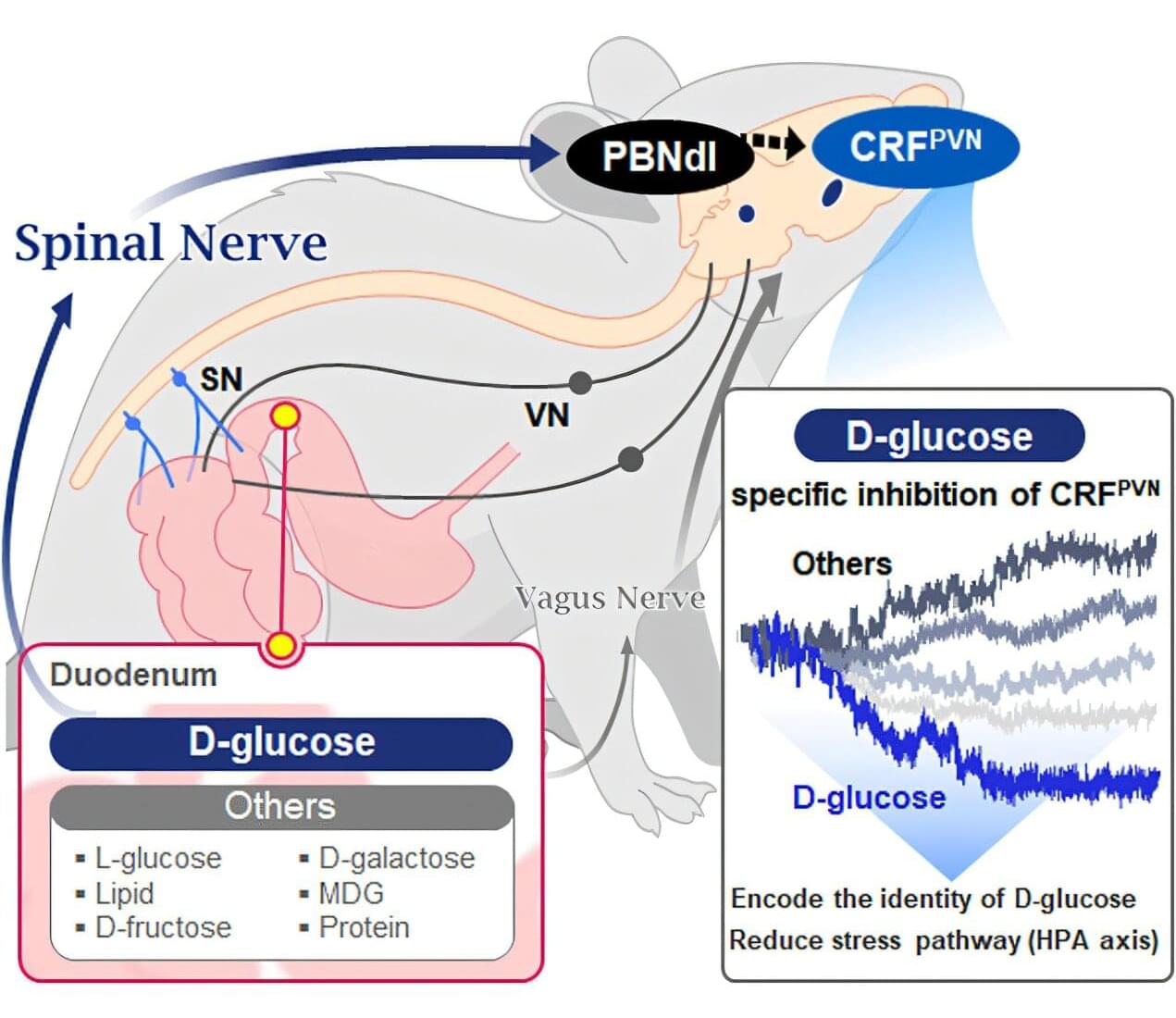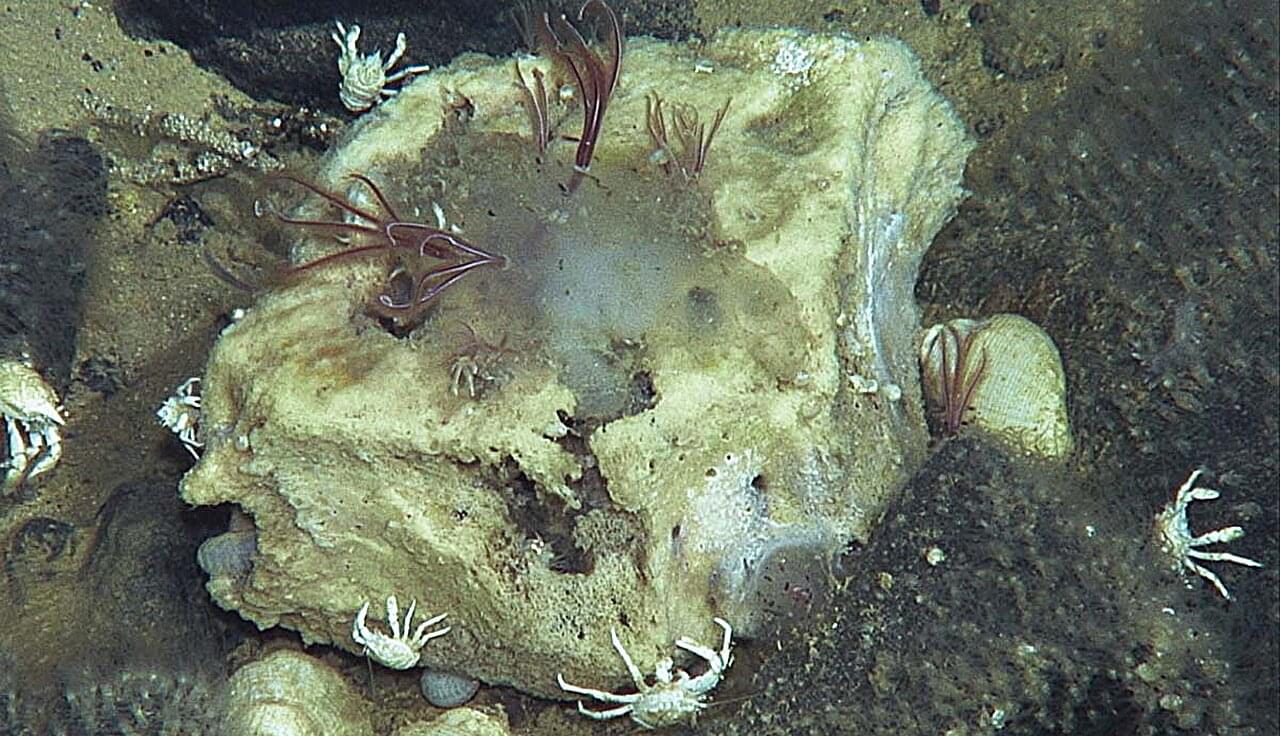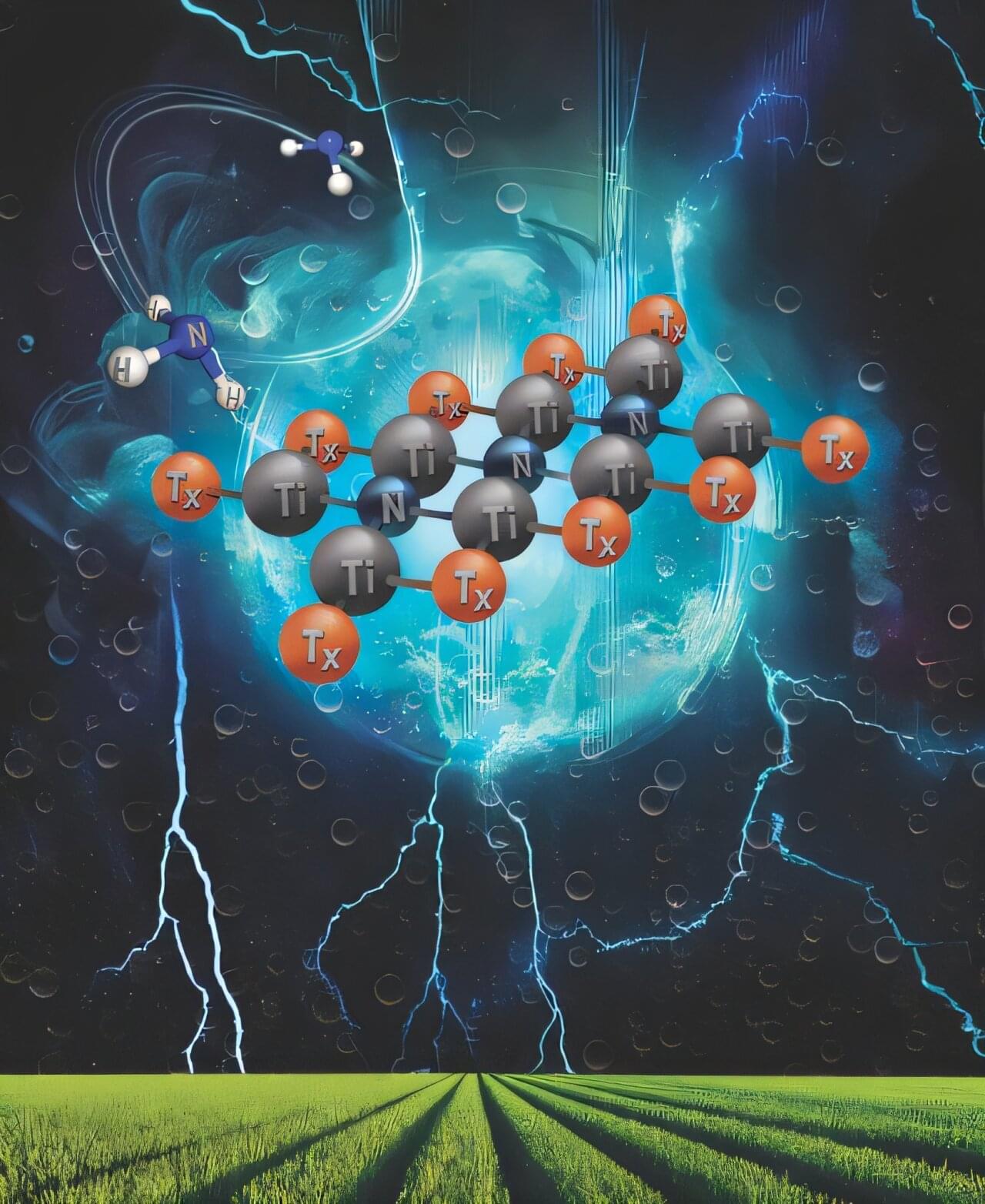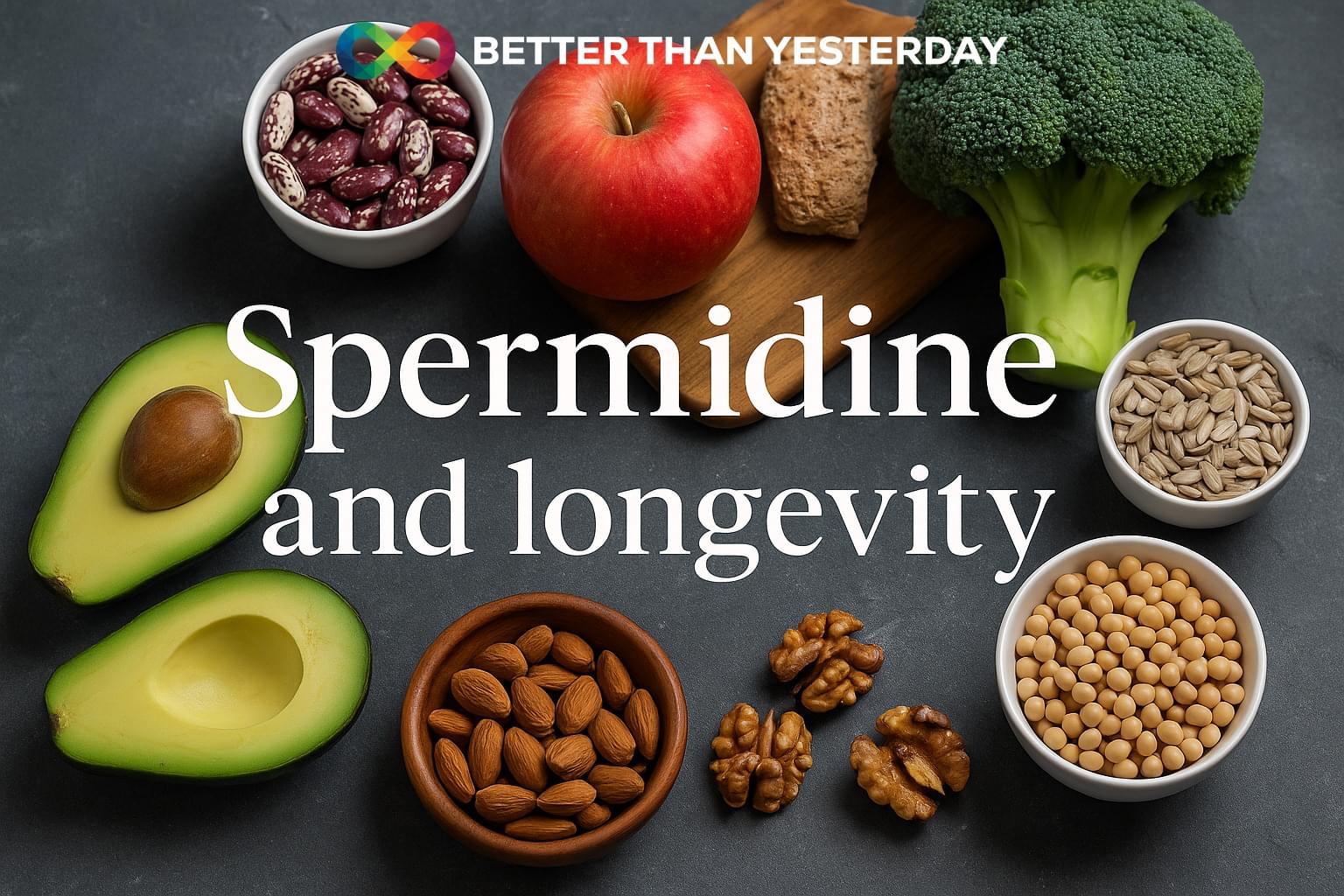Parasitic, egg-eating worms might sound like the stuff of nightmares, but they’re simply a fact of life for blue crabs in the Chesapeake Bay.
Interestingly, a new study published in the journal PLOS One by researchers at William & Mary’s Batten School & VIMS suggests these worms could serve as a valuable biomarker for managing the fishery.
The most recent Winter Dredge Survey, conducted by the Batten School of Coastal & Marine Sciences & VIMS in collaboration with Maryland’s Department of Natural Resources, recorded historically low numbers of blue crabs in the Chesapeake Bay. The findings have sparked concern among the fishery’s many stakeholders and highlight a need for new tools that can help balance economic and ecological priorities—this study may help with that.
